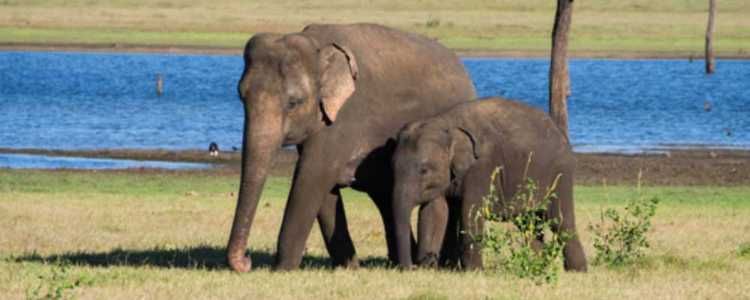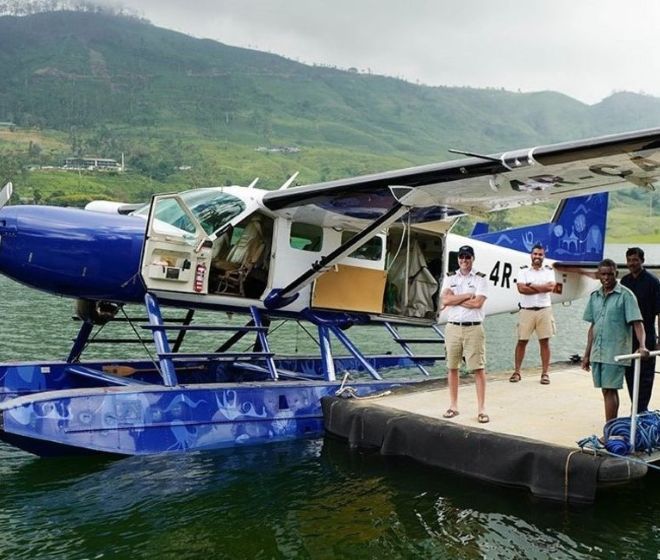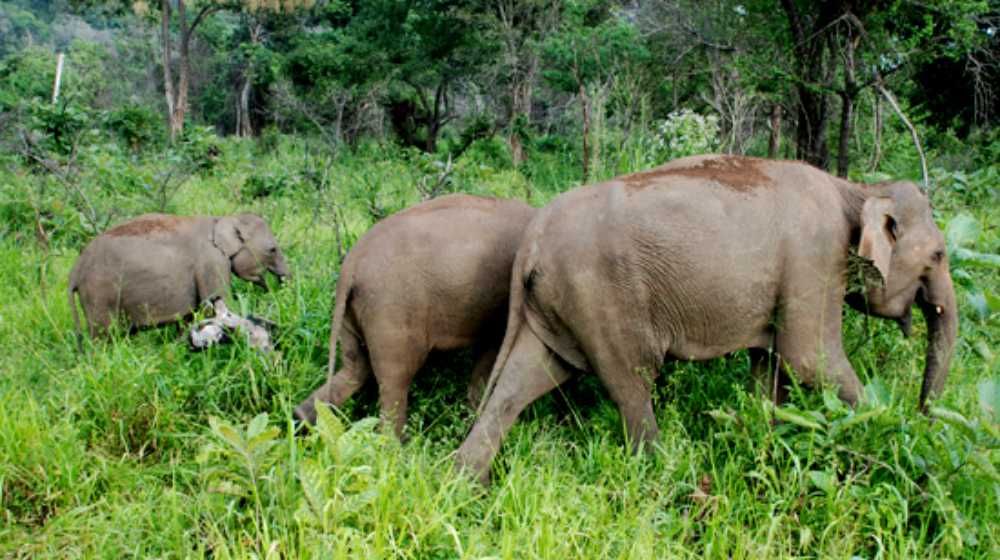
Udawalawe National Park Sri Lanka
Overview, designation, area, and location
Udawalawe National Park was established on 30th June 1972 (Government Gazette Notification No. 14). Primary objective of this declaration was to protect the immediate catchment areas and to provide a safe refuge for displaced wild mainly Elephants as a result of the Walawe Basin Development project. Udawalawe is the third most visited national park and an important habitat for water birds and Sri Lankan elephants (Elephas Maximum Maximus). Thus, Udawalawe National Park is one of the most recommended places to visit during your wildlife photography tour / family holiday in Sri Lanka managed by Department of Wildlife Conservation of Sri Lanka (DWC).
Udawalawe National Park encompasses an area of hectares 32,315 including the Walawe reservoir comprises of micro habitats such as marshes, the Walawe River and its tributaries, woods, and open grasslands. Udawalawe is known for its extensive areas of thick grass, bushes, and trees. Even though the park is mostly made up of grasslands, scrublands, and other types of plains, mountainous and rocky areas can also be found.
Udawalawe National Park lies on the country’s wet and dry zones which results in relatively dry whether outside of the rainy seasons of October to January and March to May. Left bank of the Uda Walawe Reservoir, lies in the Ratnapura District and its eastern sector on the right bank is in the Monaragala District. The southern boundary is defined by the Uda Walawe – Thanamalvila road. To the south of this road is the Sevanagala sugar plantation.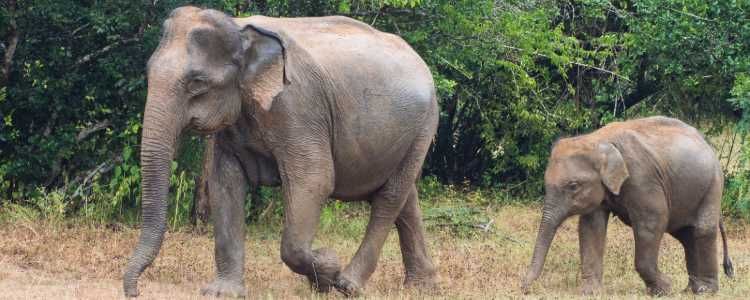
Flora & Fauna Inventory of Udawalawe National Park
Udawalawe National Park is home to 184 species of birds (33 of which are migratory), 94 kinds of plants, 21 fish, 12 amphibians, 33 reptiles, 43 mammals, and 135 species of butterflies, in addition to its amazing population of Asian elephants which is one of the best national parks for wildlife tour in Sri Lanka and bird watching tours in Sri Lanka.
Sri Lankan elephants are seeing in open habitats here due to the abundance of open grasslands. The Udawalawe Transit home was established to take care of abandoned elephant calves and being integrating the rescued calves to the wild since 1995. Many other animals such as the rusty spotted cat, Sri Lankan sloth bear, different species of deer, boars etc.
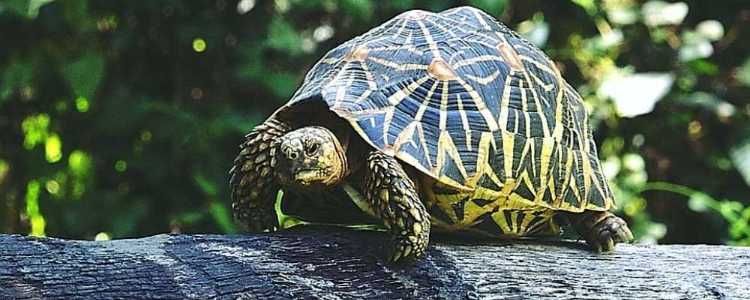
Udawalawe also hosts many endemic bird species such as Sri Lankan super fowl, red faced malkoha, Sri Lankan grey hornbill, brown capped babbler and Sri Lankan jungle fowl with a variety of visiting water birds which create Uda Walawe as a hotspot for wildlife photography tours.
Highlights of Udawalawe National Park
Heard of Sri Lankan elephants can be observed in the afternoon at Udawalawe National Park. At times, multiple elephants or even herds of elephants can be seen at Udawalawe. Near rivers and the Udawalawe reservoir, the chances of seeing a herd of Sri Lankan elephants are particularly high.
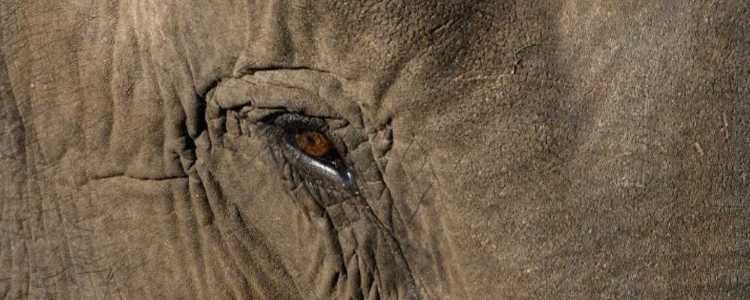
The dry season in the region is the best time to visit Udawalawe, which falls between the months of May and September. In addition, the neighboring areas of Udawalawe are brimming with additional notable attractions and tourist spots. For example, The Wavulpane Limestone Caves, and the Elephant Transit Home, are all located near the Udawalawe National Park.
Code of Conduct for Tourists at Udawalawe National Park
-
Do not feed animals or take any material from the park (including plant parts, bones, rocks etc.)
-
Observe strict silence during your jeep safari at Uda Walawe National Park.
-
Do not leave your vehicle, lean out of the window or climb on the roof.
-
Do not throw rubbish out of your vehicle, please take all the garbage back with you.
-
Smoking inside the Uda Walawe National Park is strictly prohibited.
-
Only four-wheel vehicles are allowed inside the Udawalawe National Park and they have to maintain a maximum speed limit of about 25 KM / h.
-
Slow driving enables you to observe small animals such as birds, reptiles and mammals.
-
Please ensure that your driver does not obstruct other vehicles or interfere with animal movement during your jeep safari at Uda Walawe National Park.
FAQ –Udawalawe National Park (Frequently Asked Question)
Is it worth to visit Udawalawe National Park during my holiday in Sri Lanka?
Yes. Recommended to experience a wildlife jeep safari at Udawalawe National Park during your holiday in Sri Lanka. If you coming to Sri Lanka for wildlife photography tour, Udawalawe National Park is a must.
What is the best time to visit Udawalawe National Park?
Udawalawe National Park is 365 day safari park, but recommended to visit during dry season May to September each year.
How much is the Udawalawe National Park Entrance fees?
As per the latest revision of National Park entry fee (Amendment 2022 sep 1) following will be the Udawalawe National Park latest entrance fee. For more details on the National Park Entrance fees revised amendment,
- 1 Person 14,920.00 Rupees
- 2 Persons 25,080.00 Rupees
- 3 Persons 35,250.00 Rupees
- 4 Persons 45,400.00 Rupees
- 5 Persons 55,550.00 Rupees
- 6 Persons 65,720.00 Rupees
- 7 Persons 80,450.00 Rupees
- 8 Persons 90,610.00 Rupees
- 9 Persons 100,770.00 Rupees
- 10 Persons 110,930.00 Rupees
Special Note - These prices are as per the 2022 September 3 updated exchange rate (1 USD = 360 Rupees) and prices can be changed at any time without prior notice.
Note - These prices are as per the 2022 September 3rd update based on exchange rate 1 USD = 360 Rupees and prices can be changed at any time without prior notice.
Can I buy Udawalawe National Park Entrance Ticket online?
No. As of Jan 2022, this facility is not available, but this will be available soon. Contact your travel agency in Sri Lanka for more details.
Are there special wildlife tour companies in Sri Lanka?
Not really. All the approved travel agencies in Sri Lanka operates wildlife photography tours but there are few dedicated travel companies who specialize in bird watching & butterfly watching tours together with regular wildlife life tours in Sri Lanka.
Can I pay in USD for Udawalawe National Park Entrance Fees?
No, you need pay in Sri Lanka Rupees and any international currencies are not accepted for Uda Walawe National Parks of Sri Lanka for entrance fees.
How much is the cost of safari jeep at Udawalawe National Park?
Approximate cost of half day safari Jeep at Udawalawe National Park would be 40 - 45 $
Fully day safari jeep cost at Udawalawe National Park 85 - 90 $
Better contact your travel agent in Sri Lanka to have a qualified driver and smooth jeep safari.
This price is based on 2022 January rates and the new prices may vary with fuel hikes / taxes etc
Is it safe to go on safari at Udawalawe National Park?
Cannot give a Yes or No answer since you entering to the zone of the untamed wild animals. Department of Wildlife Conservation (DWC) has fully committed for the safety of the visitors. Code of conduct / rules for the safari jeep drivers are well in place. But make sure your own safety and always be inside the safari jeep and avoid unnecessary behaviors like feeding / shouting / selfie / high speed driving etc.
How do I plan a safari at Udawalawe National Park?
If you are a traveling your own, make sure to reserve a safari jeep well in advance to avoid last minute hassle at the entrance gate searching for jeeps which destroy your holiday. You can buy your entrance ticket at the gate. Keep water / camera / light dress / binocular ready.
If you travel through a travel agency in Sri Lanka, they will organize all these well in advance since all travel agents are having their own carefully selected pool of jeeps at each National Park Sri Lanka.
How do I make a jeep safari booking at Udawalawe National Park with Ceylon Expeditions ?
Simply email to holidays@expeditions.lk or SMS / WhatsApp / Viber to our hotline +94 717 88 44 99
Can I pay Udawalawe entrance ticket from my credit or debit card?
As of January 2022, this facility is not available.
Can I hire an air condition safari jeep at Udawalawe National Park?
Yes, possible but subject to availability. Make sure to inform your travel agent in Sri Lanka in advance.
Are there lots of bugs inside the Udawalawe National Park?
Since you are in tropical country, yes, bugs / mosquitoes are there but this won’t affect your jeep safari.
Can I feed the animals at Udawalawe National Park?
Not at all. You are not allowed to feed animals at any National Park in Sri Lanka. This is an offence.
Can pregnant women go on safari at Udawalawe National Park?
Yes, can but subject to medical advices. Ceylon Expeditions operate babymoon holidays in Sri Lanka including safaris with very comfortable spacious safari jeeps with very careful slow driving and with very special care. In this case you need to inform your travel agency in Sri Lanka.
What kind of clothing should I pack for Udawalawe National Park safari?
Casual, comfortable cotton clothing is suitable due to temperature and ideal colurs are Khaki, brown, white, green and beige. Please note: brighter colors like blue or red are proven to attract insects.
What happens if it rains during my Udawalawe jeep safari?
All jeeps are open, but tent is there to cover you if it rains.
How long Udawalawe National Park Jeep Safari?
Regular jeep safari will take 3 – 4 hours but if you are on your wildlife holiday or bird watching tour in Sri Lanka, we recommend full day + half day safari to have a better experience.
Can I stay in a luxury tented camp near Udawalawe National Park?
Yes, there are few luxuries tented camping operators in Udawalawa and contact your travel agency in Sri Lanka or Ceylon Expeditions to go with a safest / luxury tented camp.
Is Udawalawe jeep safari escorted?
Yes, these are escorted jeep safaris.
What kind of photographic equipment can I bring?
Professional photographers who carry numerous small to large equipment. If you have a special requirement such as tripod / long lenses etc., please let your travel agent in Sri Lanka know in advance, we are happy to customize your wildlife photography safari.
Can I use washroom / toilet at the entrance of Udawalawe National Park?
Yes, toilets are available at the entrance premises.
How many people can go in one safari jeep at Udawalawe National Park?
6 people can accommodate in 1 jeep but it’s comfortable for 3 – 4 people in 1 jeep. Also if you are on wildlife photography tour, recommend to keep 2 -3 people in 1 jeep maximum to have a better experience.
Can I hire Toyota / Mitsubishi Jeep for Safari at Udawalawe National Park?
Yes. Most of the Safari jeeps are Indian made but there are Japanese made Toyota / Mitsubishi as well. Price will be slightly higher than the Indian made jeeps.
Do I get a tracker for my wildlife safari at Udawalawe National Park?
Yes, Department of Wildlife provide wildlife tracker for each jeep free of charge subject to availability.
Do I need to tip for safari jeep driver & tracker?
Tipping is common in Sri Lankan and if you satisfied with the service you received from them, recommend to pay a reasonable tip for tracker & jeep driver.
What to bring for Udawalawe National Park Sri Lanka?
-
Light costumes / recommended colors are Green, Beige, khaki, tan etc.
-
Sunblock / Sunglasses / Lip balm / hat
-
Insect repellent
-
Binoculars are recommended to improve sightings
-
Camera and accessories such as spare batteries, memory cards
-
Ceylon Expeditions will load required cool bottled water / soft drinks / snacks etc
What are the other National Parks to see Elephants in Sri Lanka?
Yala / Wilpattu / Bundala / Wasgomuwa also best safari parks in Sri Lanka with Elephants and other wildlife species.
How can I get water / soft drinks during the safari at Udawalawe National Park?
Ceylon Expeditions exclusive jeeps are fully loaded with cool water / snacks / soft drinks etc. but if you are an individual traveler, better you check with your travel company or jeep provider.
Am I allowed to walk around the national parks?
Not at all. You are not allowed to get down the Jeep and must be inside the vehicle unless otherwise instructed by the wildlife tracker.
What if I have special dietary requirements?
Ceylon Expeditions generally check meal plan well in advance and arrange accordingly.
If you are an individual traveler, better you check with your Travel agent in Sri Lanka.
What travel documents do I need to visit Udawalawe National Park Sri Lanka?
Only you will need a valid passport or National Identity Card to enter the national parks Sri Lanka.
How far in advance do I need to book Udawalawe National Park Safari?
If you are an individual traveler, you do not need an advance booking and you may obtain the ticket at the entrance gate. But if you travel through a Travel Company. Better you inform them well in advance to reserve the safari jeep and tracker and other logistics arrangements.
What is the contact number of Udawalawe National Park?
Dialing from Sri Lankan phone 047 3475896
Dialing from an international number +94 47 3475896
Is the Udawalawe National Park pet friendly?
No, Sri Lanka National Parks are not pet friendly.
Can I do night safari in Udawalawe National Park?
No it’s banned to do night safaris / Infrared drives in Udawalawe National Park Sri Lanka.
How many National Parks in Sri Lanka?
There are 26 National parks in Sri Lanka.
What are the famous most visited National parks in Sri Lanka?
Yala National Park / Wilpattu National Park / Minneriya National Park / Kaudulla National Park / Hurulu Eco Park / Bundala National park / Horton Plains National park / Wasgamuwa National park / Udawalawe National Park.
How can I get lunch during full day jeep safari?
Generally, travelers bring packed breakfast & lunch both.
But if you travel with Ceylon Expeditions, we deliver fresh lunch (Local rice & curries / cool water) to the inside of the National Park during your full day safaris on request.
What is the best time to see wildlife?
Early morning and afternoon hours preceding sunset are ideal times to view wildlife.
Is there mobile phone reception in Udawalawe National Park?
No mobile signals are available in Udawalawe National Park. Signals are jammed purposely by the government to enhance the experience of the wildlife enthusiasts.
Any other details please contact,
Wildlife Tour Consultant of Ceylon Expeditions
Wildlife Helpline of Ceylon Expeditions (Voice / SMS / WhatsApp / Viber +94717 88 44 99 or holidays@expeditions.lk
Physical features of Udawalawe National Park
Udawalawe National Park is located on the dividing line between Sri Lanka's wet and dry zones. The topography is dominated by plains, while there are some mountainous places. The park is bordered on the north by the Kalthota Range and Diyawini Falls, and on the south by the Bambaragala and Reminikotha outcrops.
The park receives 1,500 MM (59 inches) of mean annual rainfall, the most of which occurs between October and January and March and May. The average yearly temperature is around 27–28 degrees Celsius (81–82 degrees Fahrenheit), with relative humidity ranging from 70 to 83 percent. The major soil type is well-drained reddish-brown soil, with poorly drained low humid grey soils present in the valley bottoms. The beds of water streams are mostly made up of alluvial soils.
Elephant Transit Home (ETH) at Udawalawe National Park
Udawalawe Elephant Transfer Home, an elephant orphanage. The Department of Wildlife Conservation established it in 1995 to house over 40 orphaned elephants. The park's orphaned calves and juveniles are taken to the orphanage and cared until they are ready to be released back into their natural habitat. Once they've been released into the park, park officials take it upon themselves to keep a close eye on the animals until they've adjusted to their new life in the wild. Recommend visiting this Elephant transit home during your family holiday in Sri Lanka.
Elephants at Udawalawe National Park
Elephant herds of 50 to 60 individuals are common in Udawalawe National Park, and game drives are conducted in open-top jeeps with the assistance of local wildlife guides. The easiest to observe is the Sri Lankan elephant, a subspecies of the mainland Asian elephant found in India and Thailand. This gentle giant has become a much-loved wildlife emblem all around the world due to its peaceful nature and formidable size. It has no a seasonal variation in herds of elephants. The best hours to visit the park are in the mornings and evenings.
Wildlife of Udawalawe National Park
The wide and lush landscape of the Udawalawe Wildlife Sanctuary and National Park is home to a diverse range of mammals, reptiles, birds, and fish which gives you a good wildlife safari experience during your family holiday in Sri Lanka.
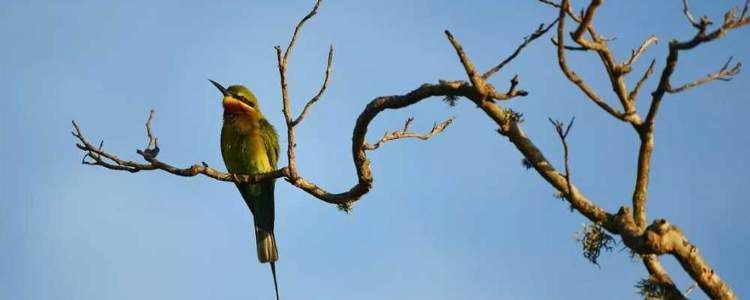
The park's principal attractions include Water Buffalo, Wild boar, Spotted Deer, Sambar Deer, Jackal, Black-napped Hare, mongooses, bandicoots, foxes, and the endemic Toque Macaque and Gray Langers, who keep company with the elephant herds. A leopard sighting, as well as other smaller cats such as the Fishing cat and Jungle cat, would be rare. While the crocodiles doze off on the banks of the reservoir, the water monitor lizards are abounding in the park. Hence Uda Walawe National park is also most recommended destination for wildlife photography trips and bird watching tours in Sri Lanka together with wildlife educational field trips.
Birdlife in Udawalawe National Park
Udawalawe National Park is one of the best areas in Sri Lanka to witness Sri Lankan many endemic and migratory bird species during your birdwatching tour in Sri Lanka. Sri Lankan junglefowl, Sri Lanka spurfowl, Sri Lanka green pigeon, Sri Lanka grey hornbill, Sri Lanka woodshrike, and Sri Lanka swallow are all endemic birds. Spot-billed pelican, little cormorant, Grey heron, Indian pond heron, Cattle egret, Great egret, Little egret, Intermediate egret, Painted stork, Woolly-necked stork, Yellow-wattled lapwing, Green bee-eater, Crested treeswift, Painted stork, Woolly-necked stork, Yellow-wattled lapwing, Green bee-eat Sirkeer and Blue-faced malkoha can be found in forested places. The highest diversity of avifauna stands for the testimony of the best setting for your birdwatching holidays.
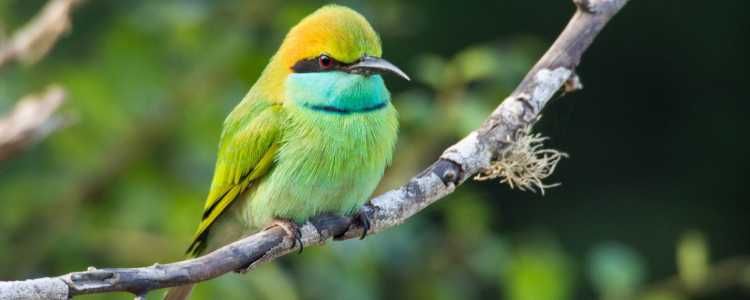
Booted eagle, Common kestrel, Harris's hawk, Rosy starling, Black-capped kingfisher, Wood sandpiper, Common sandpiper, Little ringed plover, Whiskered tern, Western yellow wagtail, Forest wagtail, & Citrine wagtail can be seen during the migratory season (November to March).
The park also included with butterflies who add more colors to the setting. They also give the value for your wildlife holiday in Sri Lanka. Satin trees in the park attract butterflies: beautiful Papilio crino, Delias eucharis, Euploea core and many species of ‘Yellows and Whites’ Papilio polytes. In the riverine forest areas Graphium sarpedon are seen.
Flora of Udawalawe National Park
The endemic floral species recorded in Uda Walawe National park are Hopea cordifolia, Memecylon petiolatum, Erythroxylon zeylanicum, and Jasminum angustifolium . Hopea cordifolia is found along the river along with Terminalia arjuna. Panicum maximum and Imperata cylindrica are vital food sources for the elephants. Chloroxylon swietenia, Berrya cordifolia, Diospyros ebenum, Adina cordifolia, Vitex pinnata, Schleichera oleosa, and Diospyros ovalifolia are the common taller trees. Terminalia bellirica and Phyllanthus emblica are plants of medicinal value found in the forest. Cymbopogon confertiflorus grass species and Grewia tiliifolia bushes are common in the grasslands.
References
Department of Wildlife Conservations Sri Lanka
